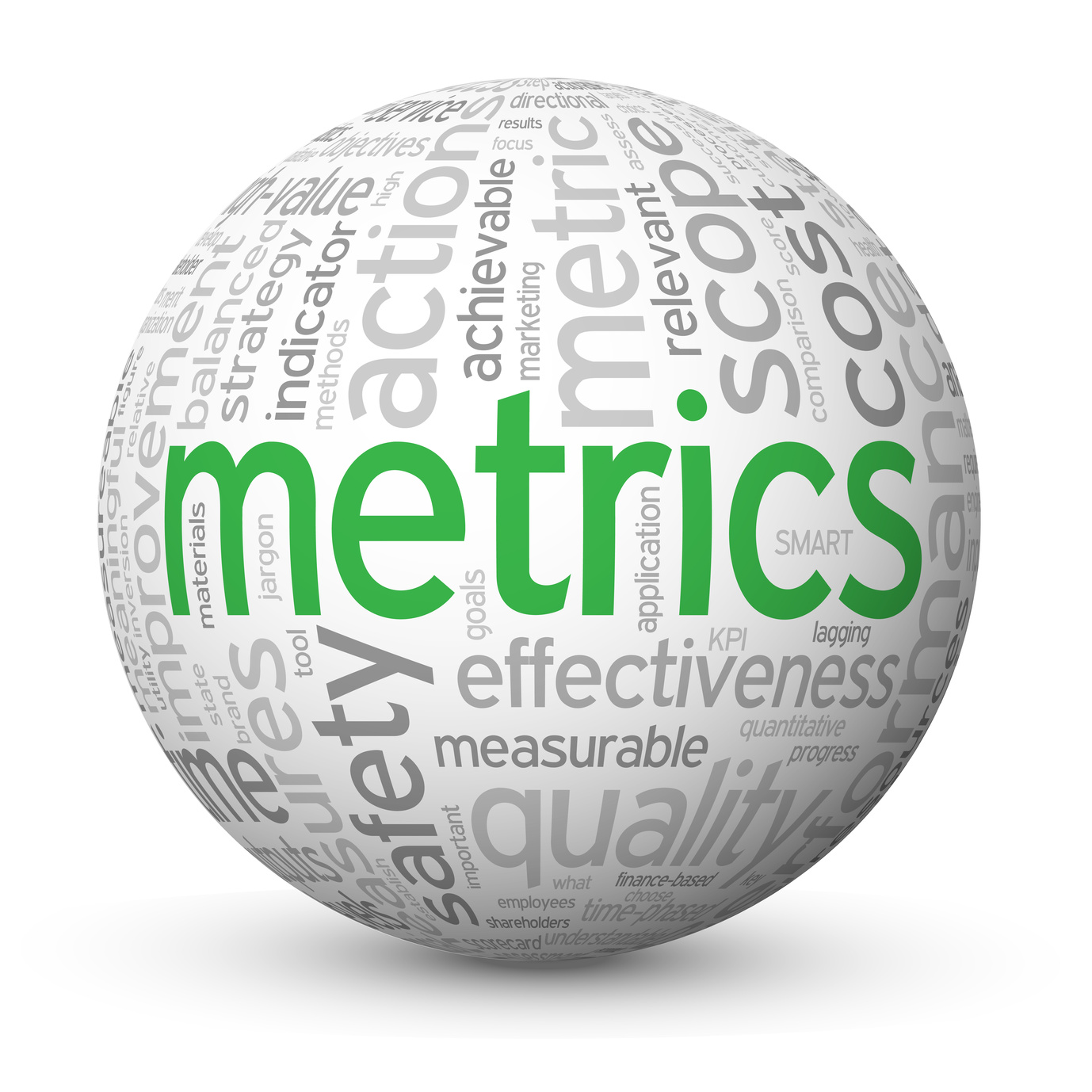The seismic shifts brought about by the COVID-19 pandemic have reshaped the landscape of human resources, elevating the demand of HR analytics to unprecedented prominence. As organizations strive to adapt to a rapidly shifting environment, leveraging data-driven insights becomes not just a strategic advantage but a fundamental necessity.
Here are HR analytics best practices to consider in this new era:
1. Embracing a Data-Driven Culture
In a post-pandemic world, HR departments must cultivate a culture where data is not just a tool but a cornerstone of decision-making. This cultural shift involves fostering a mindset that values data as a strategic asset, encouraging employees at all levels to leverage analytics in their day-to-day operations.
2. Aligning HR Metrics with Organizational Objectives
The pandemic has underscored the need for HR metrics to be directly aligned with broader organizational goals. From talent acquisition to employee retention and development, HR analytics should offer insights that contribute to the achievement of strategic objectives. This alignment ensures that HR efforts have a direct and measurable impact on organizational success.
3. Integrating Employee Well-Being Metrics
The pandemic has heightened awareness around employee well-being, making it a crucial metric for HR analytics. Beyond traditional metrics, HR departments should integrate indicators of mental health, work-life balance, and job satisfaction into their analytics framework. This holistic approach provides a comprehensive understanding of employee needs and helps design targeted interventions.
4. Leveraging Predictive Analytics for Talent Management
Post-pandemic talent management requires a proactive approach, and predictive analytics emerges as a powerful tool. By analyzing historical data and identifying patterns, HR can anticipate talent trends, succession planning needs, and potential areas of skill gaps. This foresight allows organizations to make informed decisions to stay ahead in a competitive talent market.
5. Real-Time Analytics for Agile Decision-Making
The post-pandemic business environment demands agility, and real-time analytics equips HR with the tools to make swift, informed decisions. From monitoring workforce productivity to responding to sudden shifts in employee sentiment, real-time analytics enables HR to adapt strategies on the fly, ensuring resilience in the face of uncertainty.
6. Protecting Data Security and Privacy
As HR embraces analytics, the importance of safeguarding employee data becomes paramount. Organizations must prioritize data security and compliance with privacy regulations. Implementing robust cybersecurity measures, ensuring data anonymization, and transparently communicating data usage policies build trust and mitigate potential risks.
7. Measuring Employee Engagement in Hybrid Work Models
The rise of hybrid work models requires a nuanced approach to measuring employee engagement. HR analytics should incorporate metrics that reflect the unique challenges and opportunities of remote and hybrid work environments. Regular pulse surveys, sentiment analysis, and collaboration platform data provide insights into the engagement levels of dispersed teams.
8. Iterative Improvement Through Continuous Evaluation
Post-pandemic HR analytics is not a one-time endeavor but a continuous process of evaluation and refinement. HR teams should adopt an iterative approach, regularly assessing the effectiveness of analytics strategies, fine-tuning metrics based on evolving organizational needs, and staying abreast of technological advancements in the HR analytics landscape.
Wrapping it up
As organizations chart their course in the post-pandemic era, HR analytics emerges as the compass guiding strategic decision-making. By embracing a data-driven culture, aligning metrics with organizational goals, and leveraging analytics for talent management and employee well-being, HR professionals can navigate the complexities of the evolving workforce landscape. The post-pandemic HR leader is not just an administrator but a strategic architect, leveraging analytics to shape a future-ready and resilient organization.
Latest posts by Tresha Moreland (see all)
- Building Trust in Uncertain Times: Strategies for Global Leaders - May 2, 2024
- Navigating Required Wage Increases: Strategies for Leaders in Tight Budgets - April 29, 2024
- Navigating Ethical Dilemmas in Organizations - April 28, 2024












